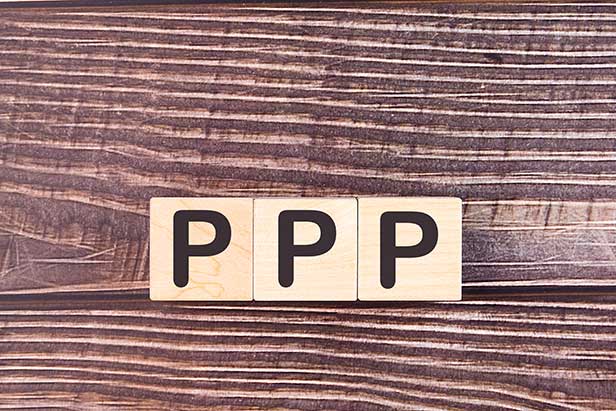News June 08, 2020
Trump Signs PPP Reform Into Law
Get a breakdown of what some of the Paycheck Protection Program changes mean for businesses.
President Donald Trump has signed the Paycheck Protection Program Flexibility Act, reforming the PPP to give businesses more flexibility in how they use the COVID-19 economic relief money and more time in which to use the funds.

Trump inked the legislation into law on Friday, June 5. The bill originated in the House of Representatives, where it passed in a 417-1 vote on May 27. The Senate then approved the act by unanimous consent on June 3.
The PPPFA reduces the amount of the loan that a business must spend on payroll from 75% to 60%. The remaining 40% can be put toward a limited list of other allowed expenses, such as rent, mortgage payments, utilities and interest on loans. The money can’t, at present, be used on things like inventory, personal protective equipment, costs tied to remote working and other miscellaneous expenses.
Another big change the PPPFA ushered in is that businesses now have six months – 24 weeks – to spend the funds. Previously, the PPP money had to be used in eight weeks. Loan recipients now effectively have the whole of 2020 to use their PPP funding. Still, a business owner can apply to have the loan forgiven after eight weeks if he or she prefers.
Companies in the promotional products market and other industries are hoping to satisfy requirements to have their PPP loans forgiven. Nonetheless, if they do have to pay the loans back, they’ll now have more time to do so. The PPPFA extends the payback period to five years; it was previously two years. Interest on the payback is 1%. Under the rules, a first payment will be deferred until six months from the time in which the Small Business Administration, which oversees PPP, makes a ruling on whether or not a business has to pay the loan back.
In another change welcomed by businesses, employers have until Dec. 31, 2020 to rehire workers and still have those employees’ salaries counted toward loan forgiveness. Previous loan terms gave until only June 30, something that business owners complained wasn’t practical or indicative of reality given coronavirus-driven lockdown measures and related economic fallout and temporary closures.
The PPPFA also gives owners more flexibility in that they’ll still be able to receive loan forgiveness even if they don’t rehire all employees back to pre-crisis levels, provided they can meet certain conditions. These include demonstrating an inability to return to the same level of business activity that the particular business was operating at prior to Feb.15, 2020 or showing an inability to hire similarly qualified employees on or before Dec. 31, 2020
Forbes notes an essential factor to keep in mind on loan forgiveness: “The law did not change how salaries are calculated towards forgiveness. The payroll calculation used in the loan application still applies to the forgivable amount. So, employee compensation eligible for forgiveness is still capped at $100,000, and until further guidance, employer owners and contractors are still capped at $15,385. Presumably with the new law, however, having an extra six months of expenses eligible for forgiveness will make up for any gaps and ensure 100% forgiveness of the loan.”
The PPP launched on April 3, part of the $2.2 trillion CARES Act. By April 16, the initial $349 billion in PPP funding was gone, scooped up by businesses negatively impacted by shutdown orders related to the coronavirus pandemic. Congress approved a second $310 billion round of funding on April 27.
